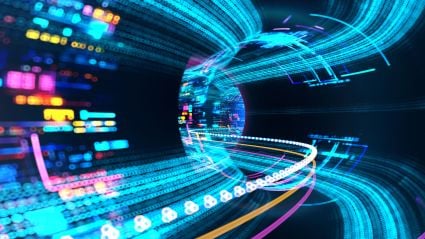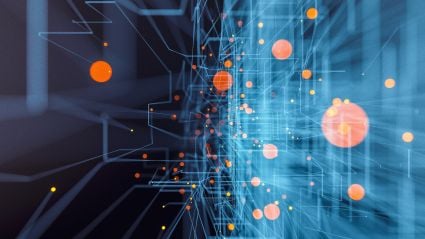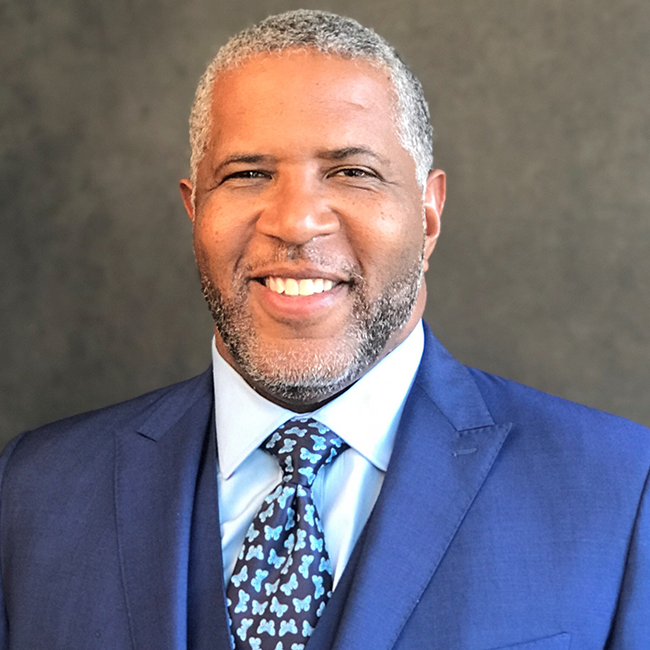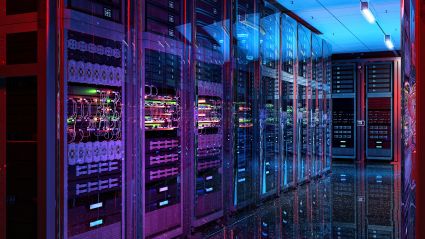
We live in an insights economy fueled by powerful data. Business leaders and the companies they run have dedicated considerable time, resources, and talent to think through new ways of leveraging that data to power better decision-making.
This typically focuses on economics, from strengthening production and making marketing smarter and more targeted, to cultivating business resiliency and anticipating where demand is heading. As minable datasets grow, so does the opportunity to monetize insights. Business leaders are increasingly recognizing the need to employ new predictive capabilities and technology more widely. Thus, the rise of prediction as a service, not just a product.
Within this context and equipped with new and advanced capabilities, it is also important to consider the implications for how we contemplate addressing broader environmental and social concerns more effectively through data. The reality is that the world has vast troves of yet untapped data that, when applied effectively, can help address some of today’s most pressing problems. Various health-care, humanitarian, or commercial challenges can be addressed by previously overlooked or inefficiently analyzed datasets. In this era of AI and machine learning, optimal outcomes require a more disciplined and advanced approach.
In this era of AI and machine learning, optimal outcomes require a more disciplined and advanced approach.
As Mark Lowcock, former UN under-secretary-general for humanitarian affairs, puts it, one of the best things we can do is to leverage “predictive analytics to get ahead, to be more anticipatory, to predict what is about to happen and to trigger the response earlier."
Some organizations lack the necessary tools to properly leverage data and AI for decision-making—either from external sources or from within their own organizations. Many are already battling resource shortages and have scant capital to deploy towards dedicated AI and predictive tools.
Ultimately, many organizations do not have the ability to take on the immense task of efficiently cleaning and integrating datasets, let alone finding meaningful signals that could be used in creating predictions. For example, the Centre for Humanitarian Data estimates that “just 51 percent of relevant, complete crisis data is available” across the nearly 30 humanitarian operations they analyzed.
That means that data as a service (DaaS) and AI as a service (AIaaS) may prove to be crucial resources for organizations that are searching for the next breakthrough solution to their humanitarian or commercial issue. These services can help alleviate capacity challenges and staffing shortages and provide an off-the-shelf solution without needing to build internal capacity in organizations that are often low on resources.
Adopting and embedding a data-driven mindset throughout organizations and integrating usable AI and prediction into standard decision-making processes from the start can help ensure that organizations are best positioned to take advantage of these emerging technologies. By augmenting themselves with stronger and more accurate predictive capabilities, key data analytics functions—which typically require a more hands-on approach—can be performed more efficiently and produce better internal outcomes, which then drive stronger results for the challenges these groups seek to address. Ultimately, predictive analytics can help democratize valuable insights and broaden the benefits of AI.
More organizations could potentially tap into a wellspring of preformatted data and signals. Some of these resources already exist, like The Humanitarian Data Exchange (HDX), which is an open platform for sharing data across crises and organizations. There is a plethora of data types in the world that could contribute to and lead to improvements—for example, HDX’s efficiency over time—and make it an even more valuable resource.
In the end, if properly empowered by the right technology, these kinds of platforms could curate data for a range of organizations and from any variety of sources, detect signals in that data, and simulate, optimize, and present this data in a way that is digestible and easy to use. The world has a long history of commercial innovation driving future progress. In this case, we can draw a direct line between innovation in the business sector and potential progress addressing the issues that affect us all.




















